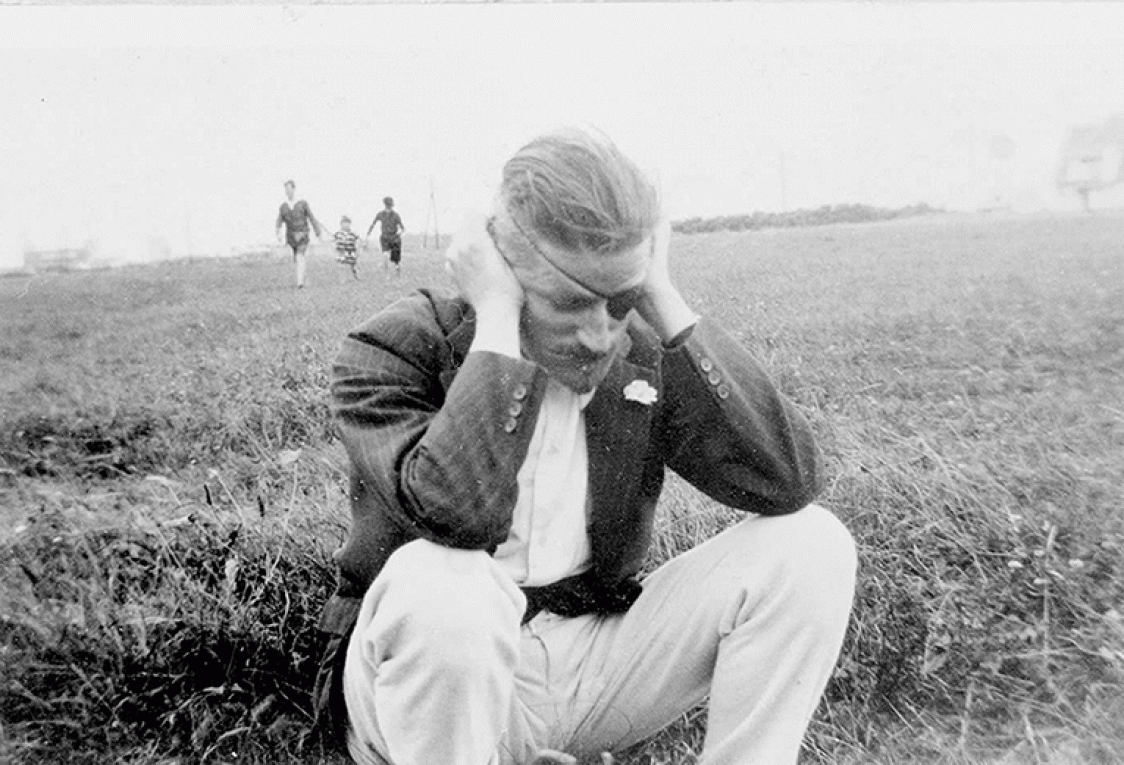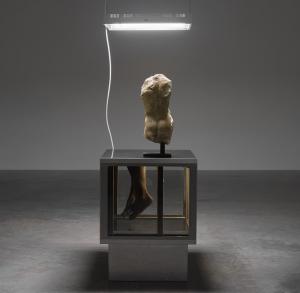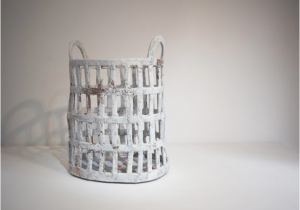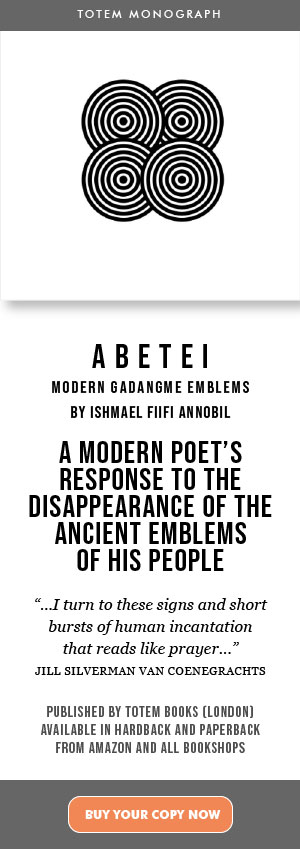OUR NATIONAL EPIC HAS YET TO BE WRITTEN
By Ciara McArdle
On June 16th (2005) scholars and fans will flock to Ireland’s capital to celebrate Bloomsday, to honour James Joyce, one of the most revolutionary exponents of twentieth century writing. They will recreate the journey across Dublin made by Leopold Bloom, literature’s most celebrated anti-hero, whose odyssean meanderings are chronicled in Joyce’s seminal work Ulysses.
From North to South Dublin via gorgonzola sandwiches in local hostelries and musings on the nature of things, Bloom’s journey embodies another journey; that into the relationship of its author with humanity, nationality, language and religion; that of his own soul and the soul of humankind.
Born in the Dublin suburb of Rathgar in 1882, James Aloysius Joyce was to dedicate his literary life to pushing language and narrative prose to its absolute limits, producing a body of work both masterful in its artistry and faithful, realist characterisation.
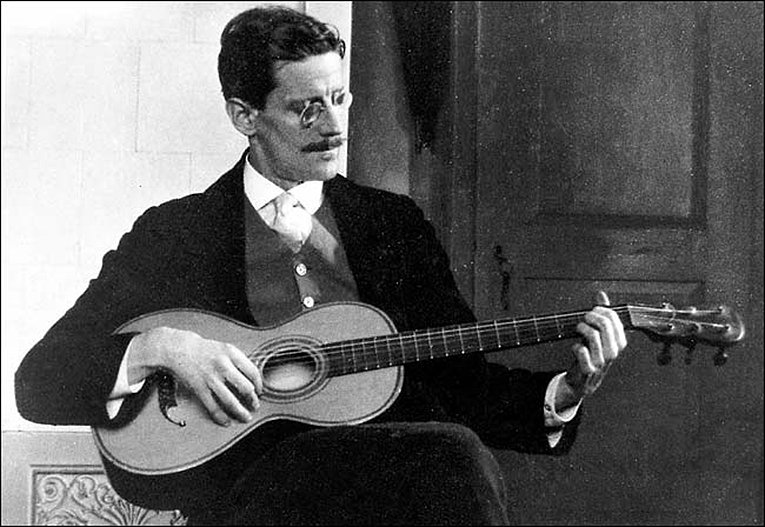
Joyce came from a middle class background and received the appropriate middle class education, first at a Jesuit boarding school and then at University College Dublin, but the misdemeanours of a financially hapless father were to plunge the family into poverty, resulting in an unstable childhood and adolescence peppered with disruption and constant change.
Perhaps as a result of this the young Joyce retained an air of invariable intellectual and social conflict at odds with occupying a position in which he did not quite belong. It is said that much of his adolescence was spent roaming the streets of Dublin.
At University College, although successful, he remained on the outskirts of contemporary Irish intellectual movements, preferring instead to look to the broader European culture. Joyce studied Dano-Norwegian, while his contemporaries indulged themselves in Celtic literature and drama – he was destined to spend his future in exile, moving between Paris, Trieste and Zurich for most of his life.
“When a soul is born in Ireland, there are nets flung at it to hold it back from flight, you talk to me of religion,
nationality and language, I will fly by those nets.”
(Portrait of the Artist as a Young Man)
In a true example of life imitating art, Joyce did “fly by those nets” and left Ireland permanently in 1915. He was, however, to return often in his literary life, which, though suffused with themes that hold a universally existential appeal, is inextricably linked with the history, culture and people of Dublin and Ireland.
“How sick, sick, sick I am of Dublin! It is the city of failure, of rancour and unhappiness. I long to be out of it,” he said in 1909 but went on to write of his native city and country men using the most magnificent prose and depicting them with an infused humanity that can only belie a soul filled with faith.
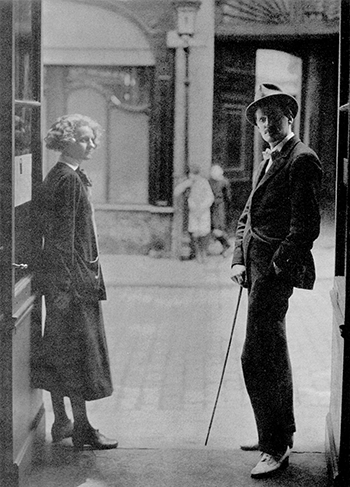 Published in 1907 and frequently referred to as the best short stories of the twentieth century, Dubliners centres on the lives of every day people in the Dublin of the late Victorian era. Although at first glance the topics of the stories are unhappy ones, Joyce manages to infuse his characters with the most profound humanity. “Dubliners is about how we are everywhere – it’s the experience of modern urban life,” said Joyce.
Published in 1907 and frequently referred to as the best short stories of the twentieth century, Dubliners centres on the lives of every day people in the Dublin of the late Victorian era. Although at first glance the topics of the stories are unhappy ones, Joyce manages to infuse his characters with the most profound humanity. “Dubliners is about how we are everywhere – it’s the experience of modern urban life,” said Joyce.
In Portrait of the Artist as a Young Man, Joyce’s protagonist is a young Irish writer at odds with his nationality, religion and social standing and a thinly disguised fictional stand-in for Joyce himself. Using a prose style that reinvents the conventional structure of plot driven narrative, Joyce opens a window into the consciousness of his main character through which the reader can gauge his reactions to the cultural, historical and national circumstances that saturate the setting.
Ulysses is the culmination of Joyce’s literary and narrative experimentations and offers perhaps the most significant paradox in his relationship with Dublin. For all his scathing of Ireland, Dublin and its culture and people, with Ulysses Joyce has painted a most humane picture of his characters. Their nobleness is precisely defined by their inability to emulate heroism, and the vast reservoirs of affection, admiration and compassion for the human race as a whole can be read between the lines of this vast novel.
Joyce could only make peace with Ireland and his past by placing himself at a distance from it and in so doing left a legacy that continues to both inspire and antagonise artists and art appreciators from all walks of life.
Bloomsday is an annual celebration where Joyce scholars and fans retrace Bloom’s journey and attend readings and seminars on the life and works of James Joyce. Information is available from the James Joyce Centre. Visit their website at www.jamesjoyce.ie
Images:
1. James Joyce after another eye operation, circa 1922
2. Sylvia Beach and James Joyce at Shakespeare & Company, Paris, circa 1920
3. Joyce in Swizterland, Copyright by James Joyce Foundation)
4. Joyce in Trieste, 1915. Photo by Ottocaro Weis


